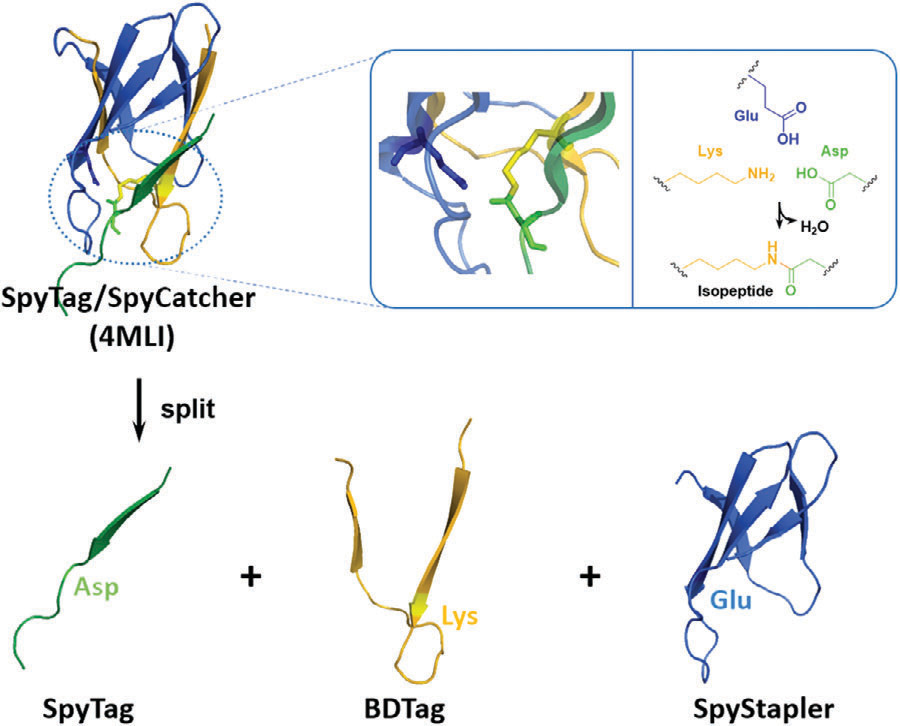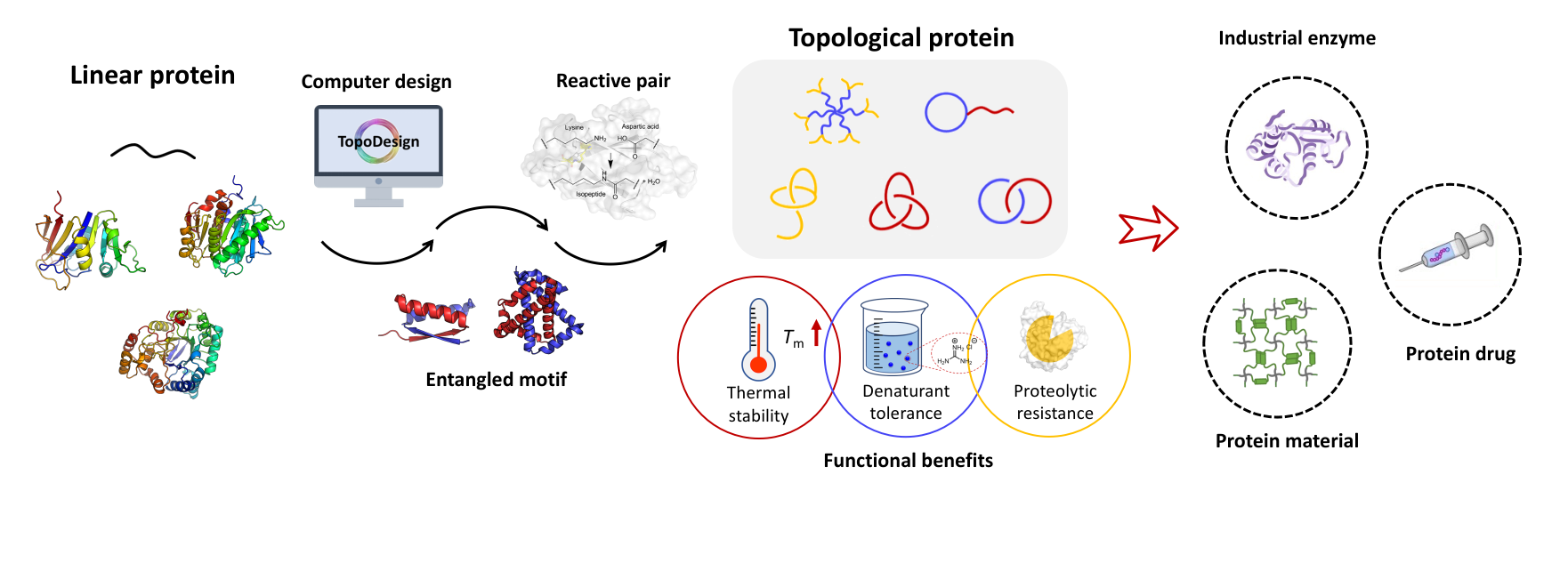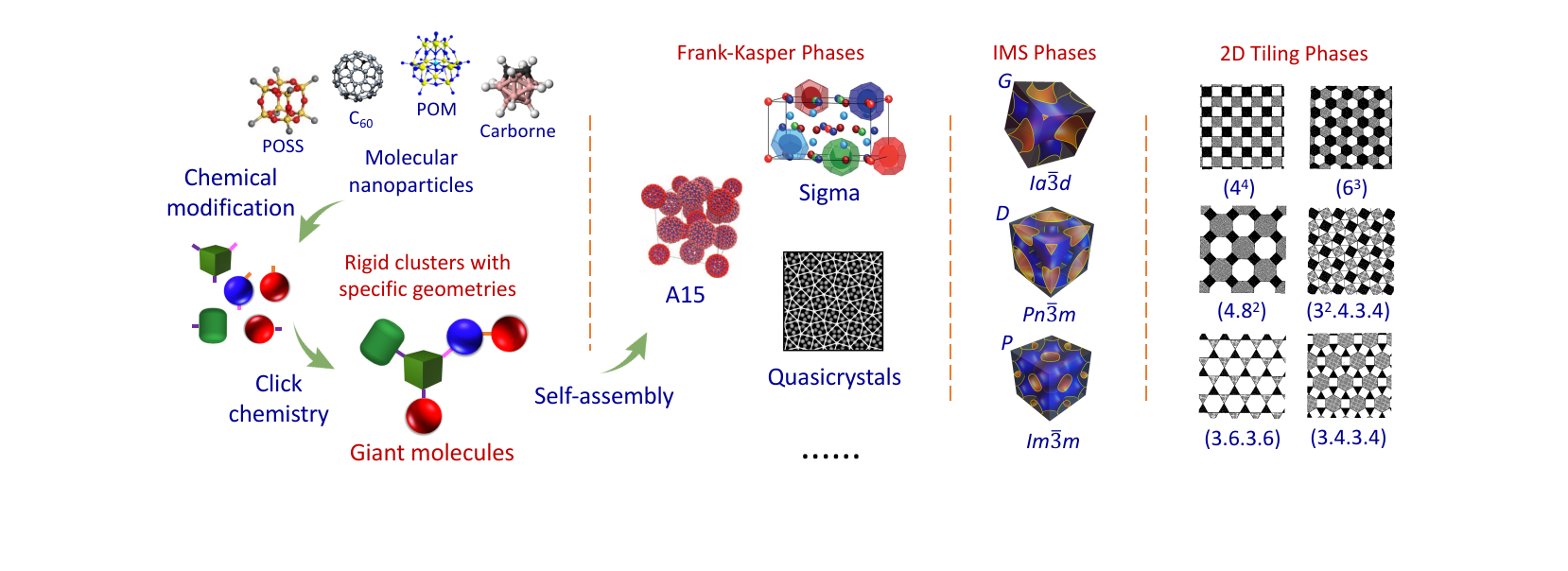箴言
在科学上没有平坦的大道,只有那些不畏艰险沿着陡峭山路攀登的人,才有希望达到光辉的顶点。
----马克思
-----------------------------------------------
合作研究
请有兴趣的研究组联系我们。欢迎任何形式的合作,尤其是在自组装、水凝胶以及生物医药等方向的合作。
------------------------------------------
研究成果
Da, X.-D., Wu, X.-L., Liu, Y.; Zhang, W.-B.* Protein conjugation via SpyStapler-mediated SpyTag/BDTag coupling. Curr. Protoc. 2021, 1, e99.

Genetically encoded peptide-protein coupling reactions, such as the SpyTag/SpyCatcher chemistry, are recent additions to the expanding toolbox of protein bioconjugation. The alternative three-component ligation system, e.g., SpyStapler-mediated SpyTag/BDTag coupling, retains most advantages of the Tag/Catcher chemistry, yet requires only two short peptide tags in the genetic fusion for side-chain ligation. Not only does this facilitate the construction of large protein conjugates directly from as-expressed protein components with minimal disruption to their function, but it also provides an entirely new mode of bioconjugation via mechanical bonding, which could impart additional functional benefits such as improved activity and enhanced stability to the conjugate. Such features are attractive for improving the pharmacokinetic performance of protein therapeutics. Herein we describe protocols for SpyStapler-mediated SpyTag/BDTag coupling for protein bioconjugation.





